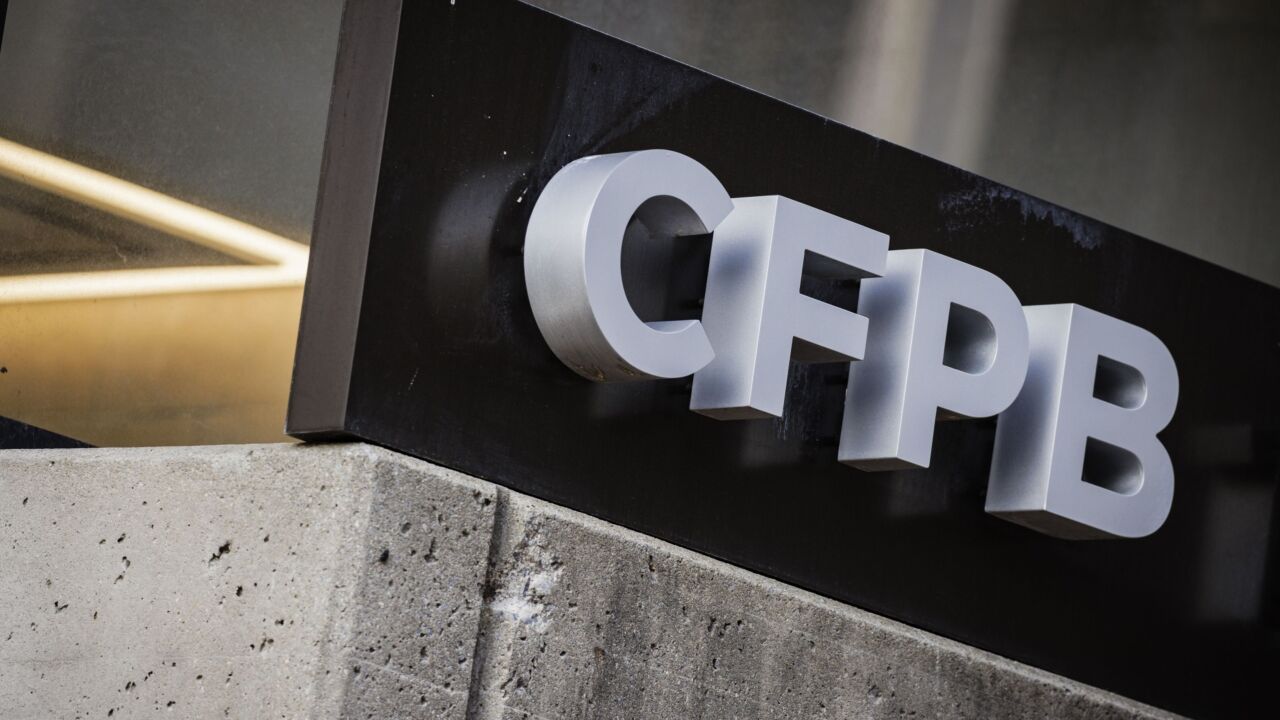Apple Pay, Android Pay and Samsung Pay may seem to have a marketing edge over retailers' mobile wallets, but there is strong momentum among apps that serve individual merchant brands.
One reason for this spike in merchant app development is there is less fear of app fatigue—or consumers storing too many apps on their phones—as smartphone culture matures, said Jon Squire, CEO of Cardfree, a San Francisco company that provides digital marketing and technology to retailers.
"People have the five or so major brands that they interact with on mobile already, so you're just adding payments," Squire said. "People don't see a major mobile payment app as the single wallet solution for their lives. They see the actual phone as that single solution."

The merchant-specific app market got an added boost this week as House of Fraser, a U.K.-based and Chinese-owned department store invested about $50 million in U.K. challenger bank Tandem to develop a mobile app for banking and payments specific to the retailer, with financial and card services slated to deploy over the course of 2017.
The store would not comment beyond the press release, but the move suggests more retailers are comfortable with adding payments, marketing and even limited financial services to their mobile apps in addition to—or instead of—relying on third parties.
Having "too many" apps isn't a big deal because the tech industry is making it easier to accommodate and manage more apps on phones, according to Rick Oglesby, founder and president of AZ payments. "While app fatigue is real, there's more than enough app capacity for consumers to have individual apps for their favorite merchants."
Cardfree's clients include Dunkin Donuts and Taco Bell, where apps that enable consumers to place their order ahead of time have seen gains.
"In-store mobile payments require behavioral change on the part of consumers," Oglesby said. "No one is in a better position to drive that behavior than the merchants themselves, who can readily bundle additional capabilities into their mobile apps as opposed to the third parties, which are largely providing standalone payment apps or enabling third-party programs."
Order ahead, which is a relatively recent addition to merchant mobile apps that has proven popular among quick serve restaurants, is harder to execute for multi-retailer wallets, Squire said. And the benefits for these brands is tying specific relationships to marketing and line-busting features, Squire said.
"If you're paying from a cloud delivered technology, you're skipping a line," Squire said. "Near Field Communication doesn't do anything to bypass the transaction. If you're 10 or 15 feet deep in a line, an order ahead app from the retailer will fix that for you."
Individual apps can also benefit grocery stores by storing orders or issuing real-time offers based on a consumer's past shopping habits, Squire said, adding that like order ahead, that's harder for a centralized app to execute.
Over the longer term, store apps will likely implement the payment functionality of the tech companies' mobile wallets, Oglesby said, adding not all consumers will be loyal enough to specific merchants to carry dedicated apps.
"In the long term, by 2020 or something like that, it does make sense to have a provider step out and do all of this—loyalty, order ahead, etc.—in a centralized app," Squire said. "But right now the 'Pays' aren't doing this."





